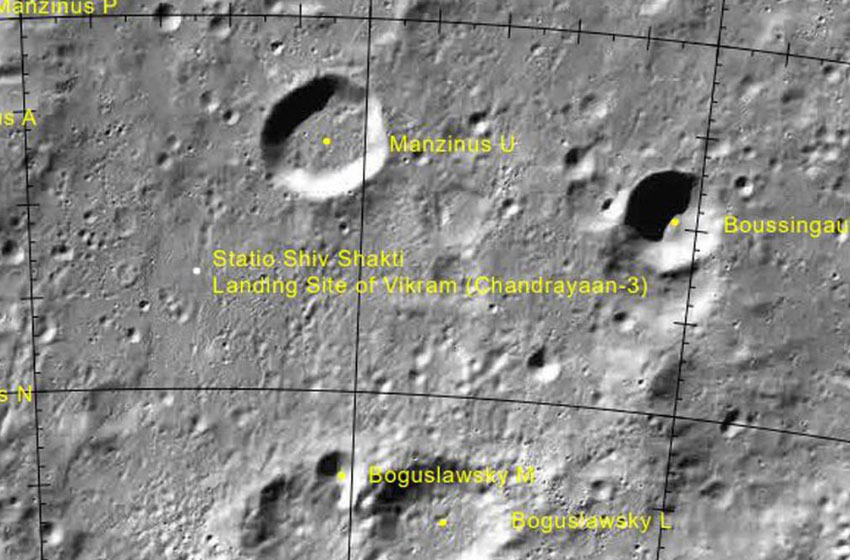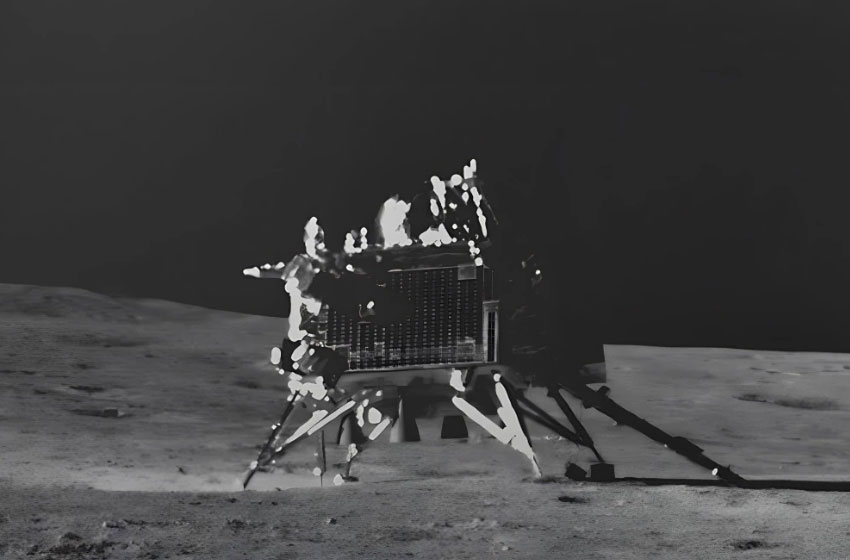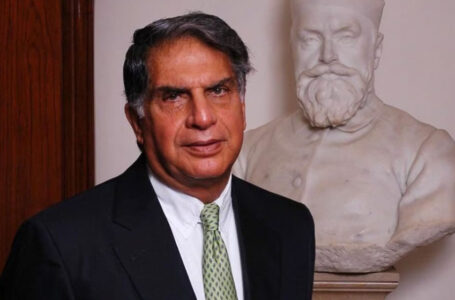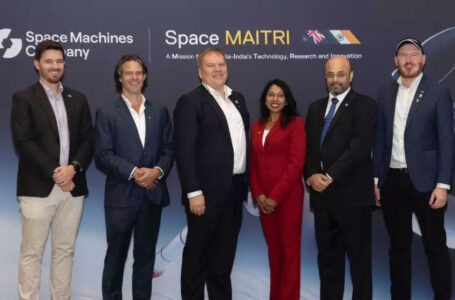Unveiling the Moon’s Secrets – The Success of India’s Chandrayaan-3

India’s Chandrayaan-3 mission, celebrated across the globe, including by the Indian diaspora in Australia, has unveiled intriguing details about the Moon, sparking both scientific interest and cultural pride. When the Vikram lander touched the lunar surface on August 23, 2023, at a location now named Statio Shiv Shakti, it marked a historic achievement for India’s space exploration efforts. Armed with cutting-edge instruments, the Pragyan rover rolled out soon after and began its meticulous exploration of the lunar soil, covering approximately 103 meters over ten days.
Pragyan’s mission was to probe the lunar soil’s composition using two sophisticated instruments i.e. The Alpha Particle X-ray Spectrometer (APXS) and the Laser-Induced Breakdown Spectroscope (LIBS). Developed by the Physical Research Laboratory in Ahmedabad, the APXS used X-ray fluorescence spectroscopy to detect and quantify a range of elements in the lunar soil, including silicon, magnesium, aluminum, iron, calcium, and trace elements like sulfur, chromium, and titanium. This detailed analysis was crucial in understanding the Moon’s geological history.
One of the most significant discoveries from Chandrayaan-3 is its strong support for the Lunar Magma Ocean (LMO) hypothesis. This theory suggests that the Moon was once enveloped in a vast ocean of molten rock. As this magma ocean gradually cooled, it resulted in the formation of the Moon’s crust, mantle, and core. The presence of ferroan anorthosite (FAN), a type of rock rich in plagioclase minerals, was detected in the lunar soil near the south pole by the Pragyan rover. This discovery aligns with previous findings from NASA’s Apollo missions and the Soviet Union’s Luna missions, which observed similar compositions in other regions of the Moon.
What makes Chandrayaan-3’s findings particularly significant is that they extend the validity of the LMO hypothesis to a new and previously unexplored area of the Moon. The consistent detection of FAN across geographically distant regions of the Moon suggests that the Moon’s surface was once a homogeneous ocean of magma, lending credence to the idea that the Moon’s crust was formed from a global magma ocean.
However, the discovery of magnesium-rich minerals in the lunar soil adds a layer of complexity to the LMO hypothesis. This suggests that the lunar crust near the south pole is not composed solely of FAN but includes materials from deeper within the Moon. The presence of these minerals implies that material from the Moon’s upper mantle may have been brought to the surface during the formation of the South Pole-Aitken (SPA) Basin, the largest known impact crater in the solar system. This impact, which occurred around 4.2 to 4.3 billion years ago, could have mixed material from different depths, creating the diverse composition observed by Pragyan.
For Indian Australians, the success of Chandrayaan-3 has resonated deeply, reinforcing their connection to their heritage while living in Australia. The mission’s achievements have sparked discussions within the community, highlighting India’s growing role in global scientific exploration. This sense of pride is shared not only by the Indian diaspora but also by local Australians, who are increasingly intrigued by India’s advancements in space technology.

The findings from Chandrayaan-3 have profound implications for our understanding of the Moon’s geological history and formation. They suggest that while the Moon’s crust may have originated from a global magma ocean, subsequent events, such as the formation of large impact basins, have significantly reshaped the lunar surface, mixing materials from different depths. This nuanced understanding of the Moon’s geological processes is critical for future lunar exploration, as it provides a valuable baseline for future missions.
Chandrayaan-3’s success has positioned India as a key player in the global space exploration community, a fact celebrated with pride by Indians in Australia. Prime Minister Narendra Modi’s designation of August 23 as India’s new ‘National Space Day’ further underscores the significance of this mission. As the Indian community in Australia reflects on this achievement, they are reminded of their cultural roots and the contributions their homeland is making to the global scientific community.





